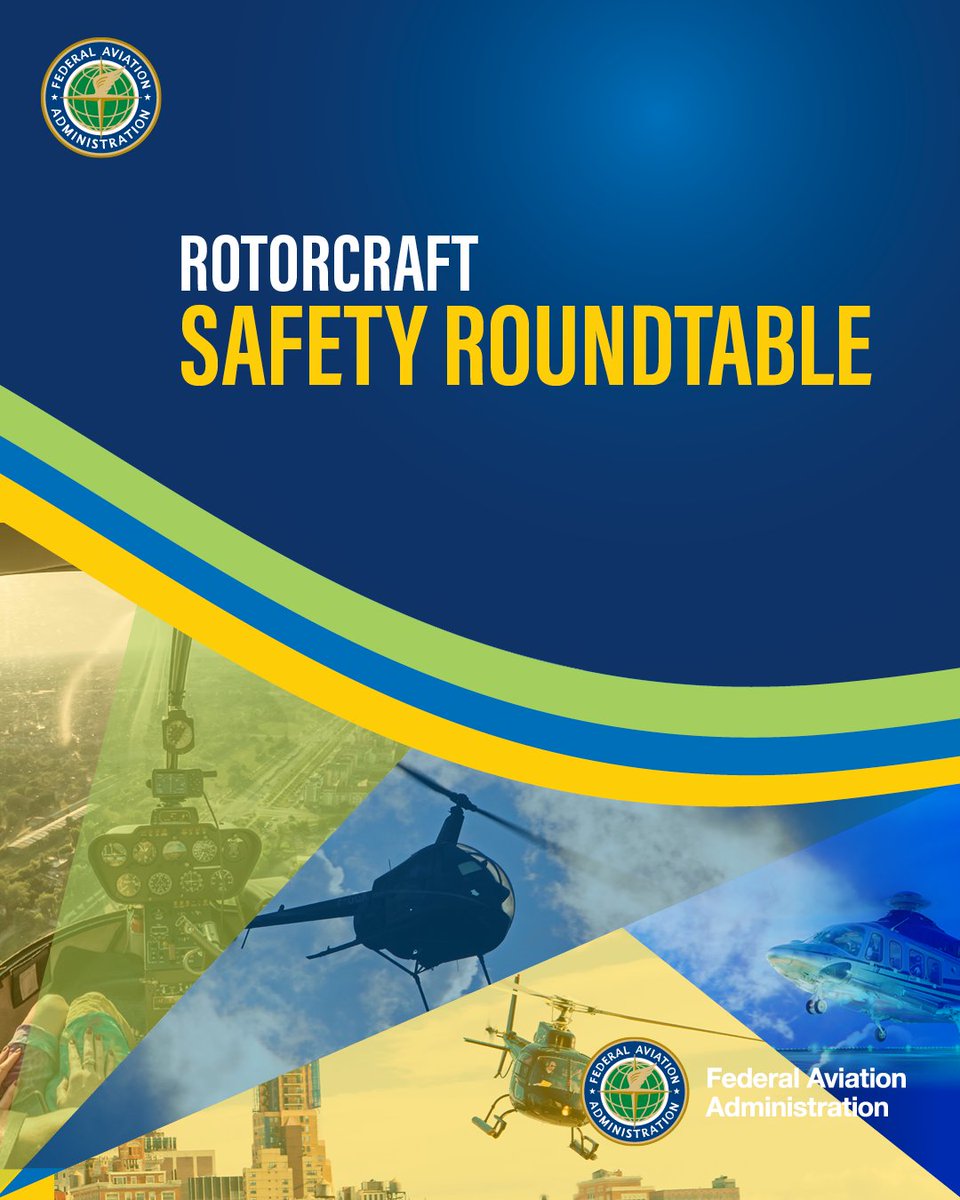
The tragic January 29 midair collision near Reagan Washington National Airport exposed hazards from the mix of helicopters and fixed-winged aircraft in the surrounding airspace. We took swift action by permanently restricting non-essential helicopter operations and eliminating helicopter and fixed-wing mixed traffic around the airport.
We also began analyzing other “hotspot” airports that have charted helicopter routes and nearby airplane traffic, as well as the Gulf of America, including offshore helicopter operations. This work is well underway. We are using machine learning and language modeling to scan incident reports and mine multiple data sources to find themes and areas of risk.
Our initial focus is on Harry Reid International Airport in Las Vegas because our analysis found several immediate issues.
For example, the agreements with local helicopter operators require them to avoid arrival and departure corridors that lack defined vertical or lateral measurements. And tower controllers do not issue traffic advisories between returning air tour helicopters and arriving or departing airplanes, resulting in a routine lack of compliance with Class B separation rules.
We took quick action including exercising positive control over the helicopters and issuing more traffic advisories to pilots. As a result, the number of traffic alert and collision avoidance system reports decreased by 30 percent in just three weeks.
We’re planning additional actions around Las Vegas, and as we identify issues around other airports, we’ll take any immediate action necessary in those locations too.
But when we talk about mixed traffic, it’s not just helicopters and airplanes. It’s also different types of operations. For example, faster and slower moving airplanes, and airplanes flying into and out of multiple, closely spaced airports.
That’s why we’re also looking at the traffic flows around Hollywood Burbank Airport and Van Nuys Airport in the Los Angeles area. They’re less than 10 miles apart, each serve a wide mix of aircraft, and they have closely spaced arrival and departure paths.
We discussed some of the safety work we’re doing around these “hotspot” airports during the rotorcraft safety roundtable we held today. This roundtable included FAA subject matter experts and representatives from rotorcraft associations, safety organizations as well as rotorcraft operators.
But while the recent public focus has been on interactions between helicopters and airplanes, the core rotorcraft safety issues remain operations and maintenance. The top causes of accidents are loss of control, striking an object during low-altitude operations, and both unintentional and intentional flight into Instrument Meteorological Conditions.
We asked participants to propose safety improvements and they delivered. Suggestions included: more FAA involvement in sponsoring peer pilot programs to encourage greater participation; ensure FAA inspectors are trained consistently in applying the Safety Management System (SMS) rule; FAA-industry partnerships to improve SMS outreach; increased use of aircraft technology and simulation; evaluate how the FAA approves training simulators; expansion of the FAA's weather camera system; and expand Instrument Flight Rule (IFR) routes that allow helicopters to safely navigate at lower altitudes.
Forums like this are important because safety is a collective effort, a shared responsibility. They provide the FAA and stakeholders a unique opportunity to get together, share ideas, and come up with critical steps to reduce risk and make the skies and runways safer for everyone. We held one last month for general and business aviation, and we’ll hold one next month focusing on airline safety.
In the spirit of shared responsibility and collaboration, we’ve begun another important safety initiative. We formed an Aviation Rulemaking Committee (ARC) to begin developing recommendations for improving commercial air tour safety. This meets a requirement of the 2024 FAA Reauthorization Act.
While we began this work months before the air tour helicopter crash in the Hudson River, that accident underscored that aviation safety is not static. There is always room for improvement.
The rulemaking committee members include aircraft and aircraft technology manufacturers, air tour operators and organizations, and aviation safety experts. They’ll hold the first meeting on May 20 and provide recommendations to us by late September 2025.
While flying remains the safest mode of transportation, we must always strive to do better. We have to identify trends and get smarter about how we use data. And when we put corrective actions in place, we must execute them. This approach has full support from me, Transportation Secretary Duffy and this Administration.
READ MORE ROTOR PRO: https://justhelicopters.com/Magazine
WATCH ROTOR PRO YOUTUBE CHANNEL: https://buff.ly/3Md0T3y
You can also find us on
Instagram - https://www.instagram.com/rotorpro1
Facebook - https://www.facebook.com/rotorpro1
Twitter - https://twitter.com/justhelicopters
LinkedIn - https://www.linkedin.com/company/rotorpro1